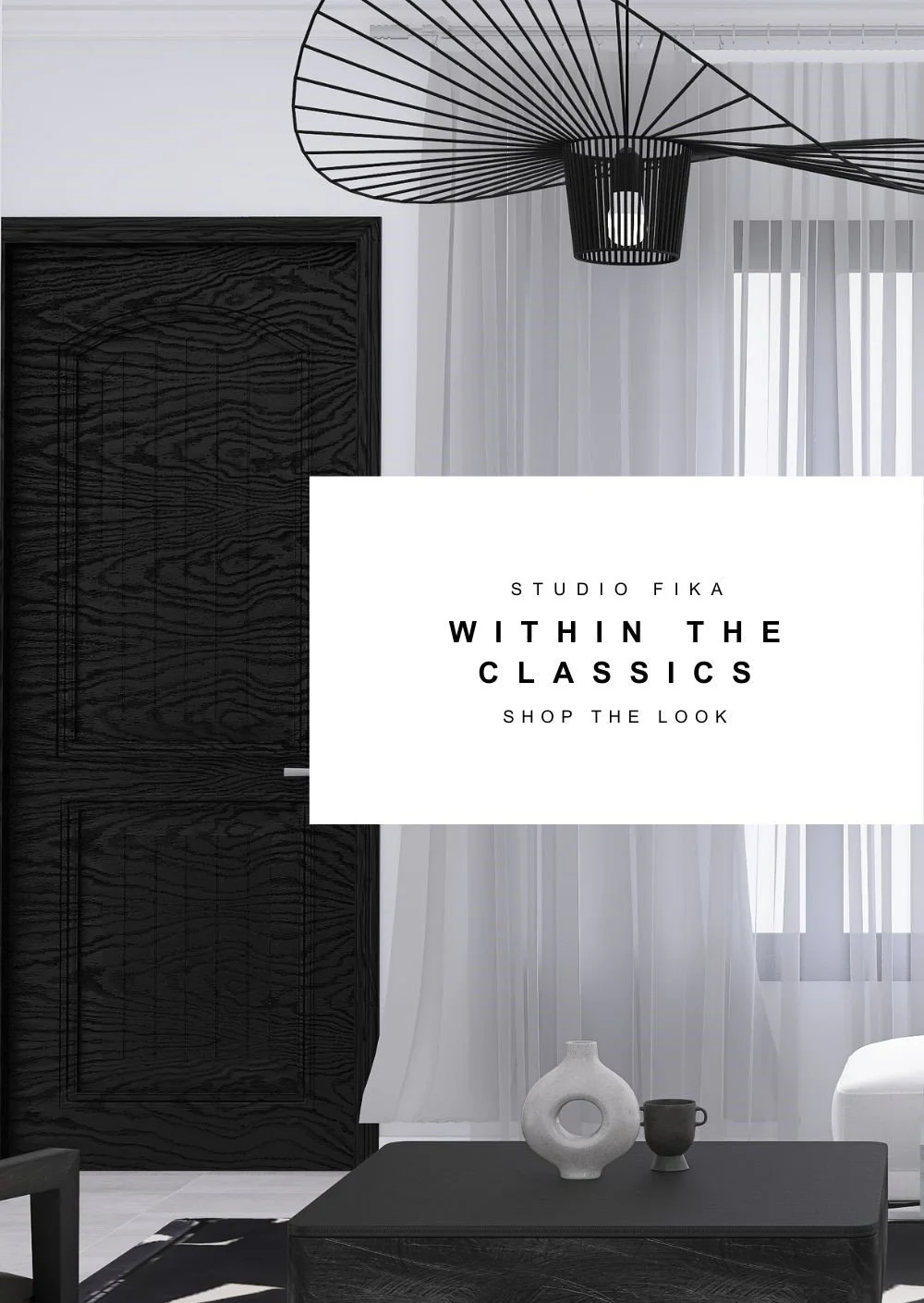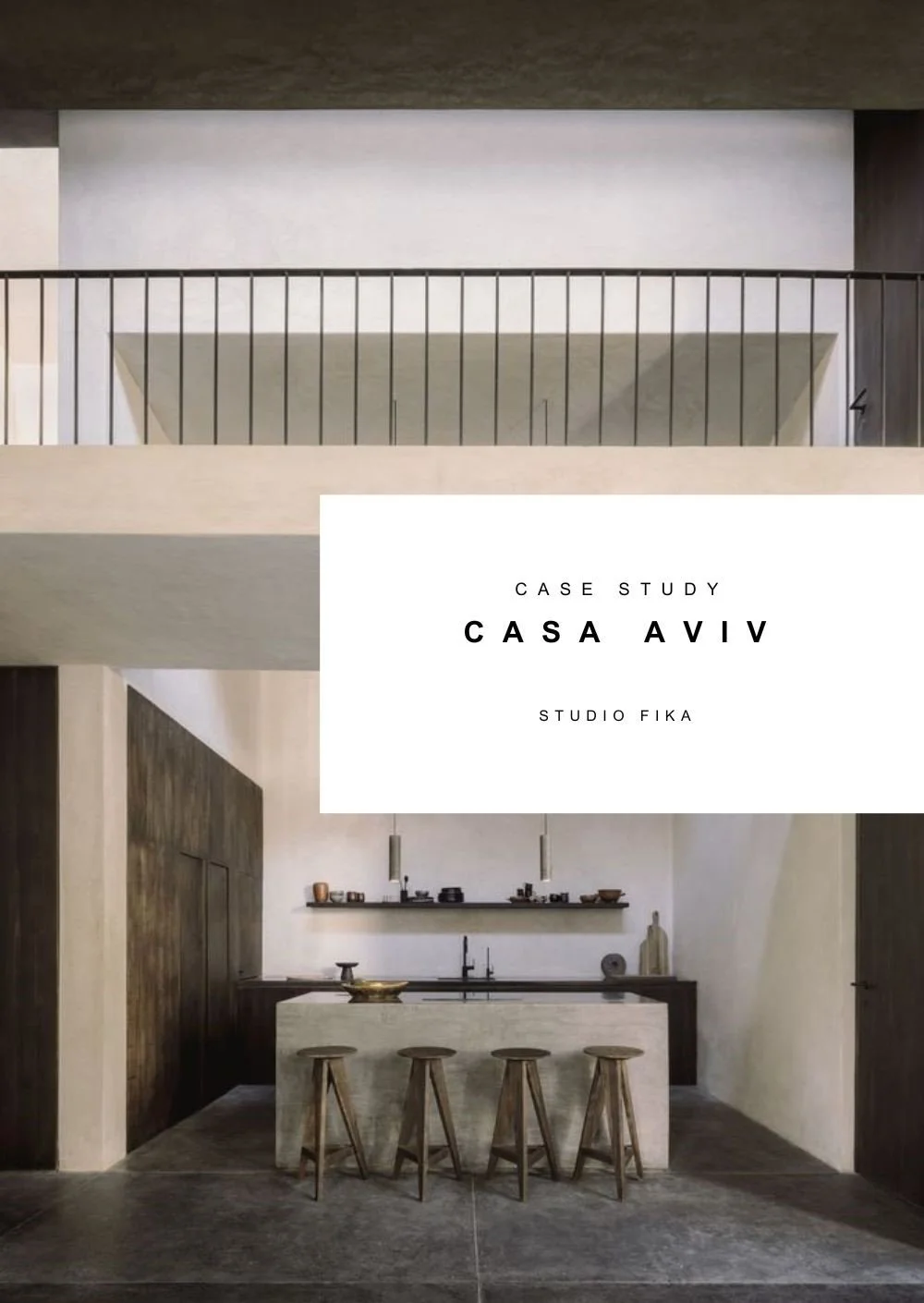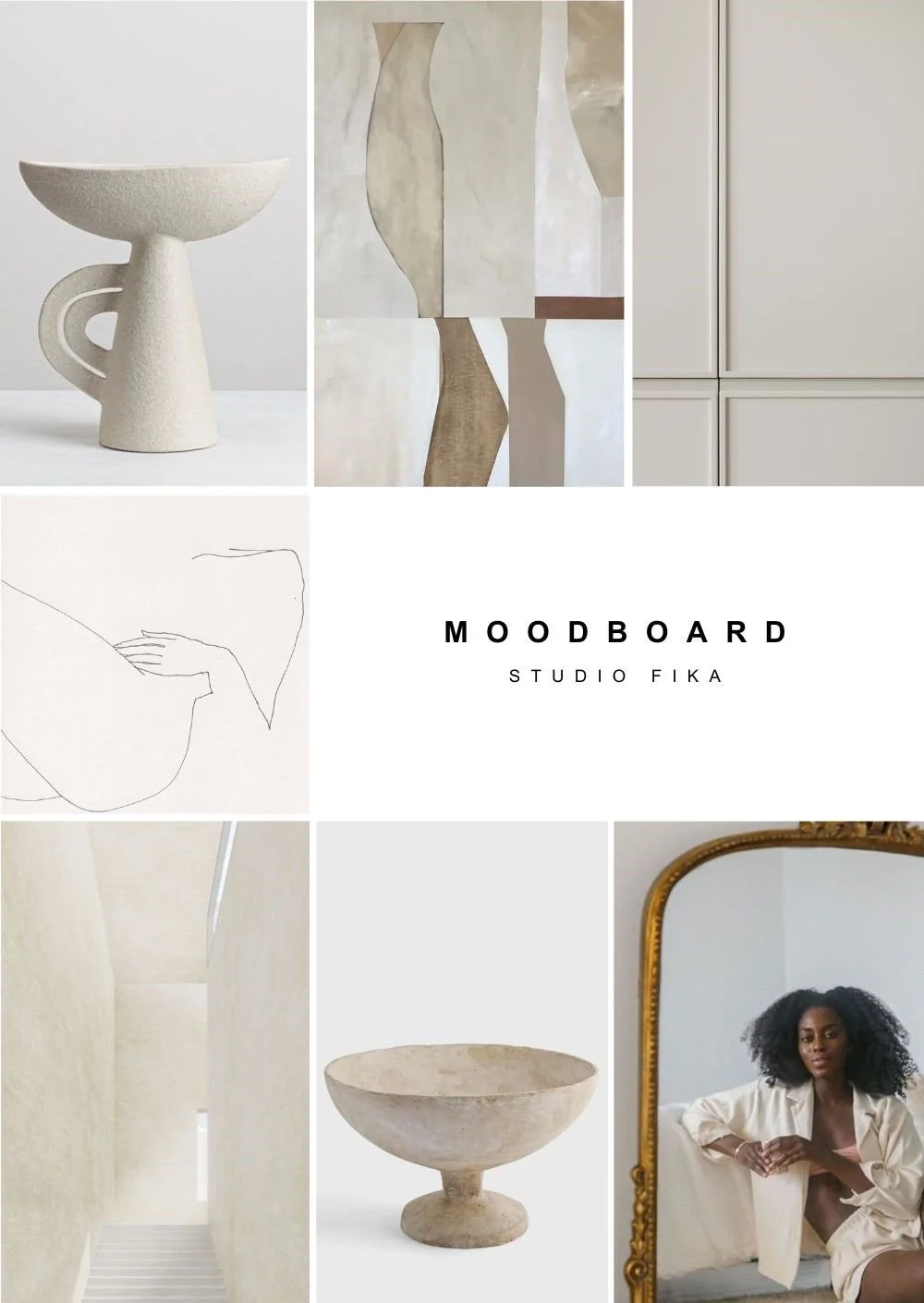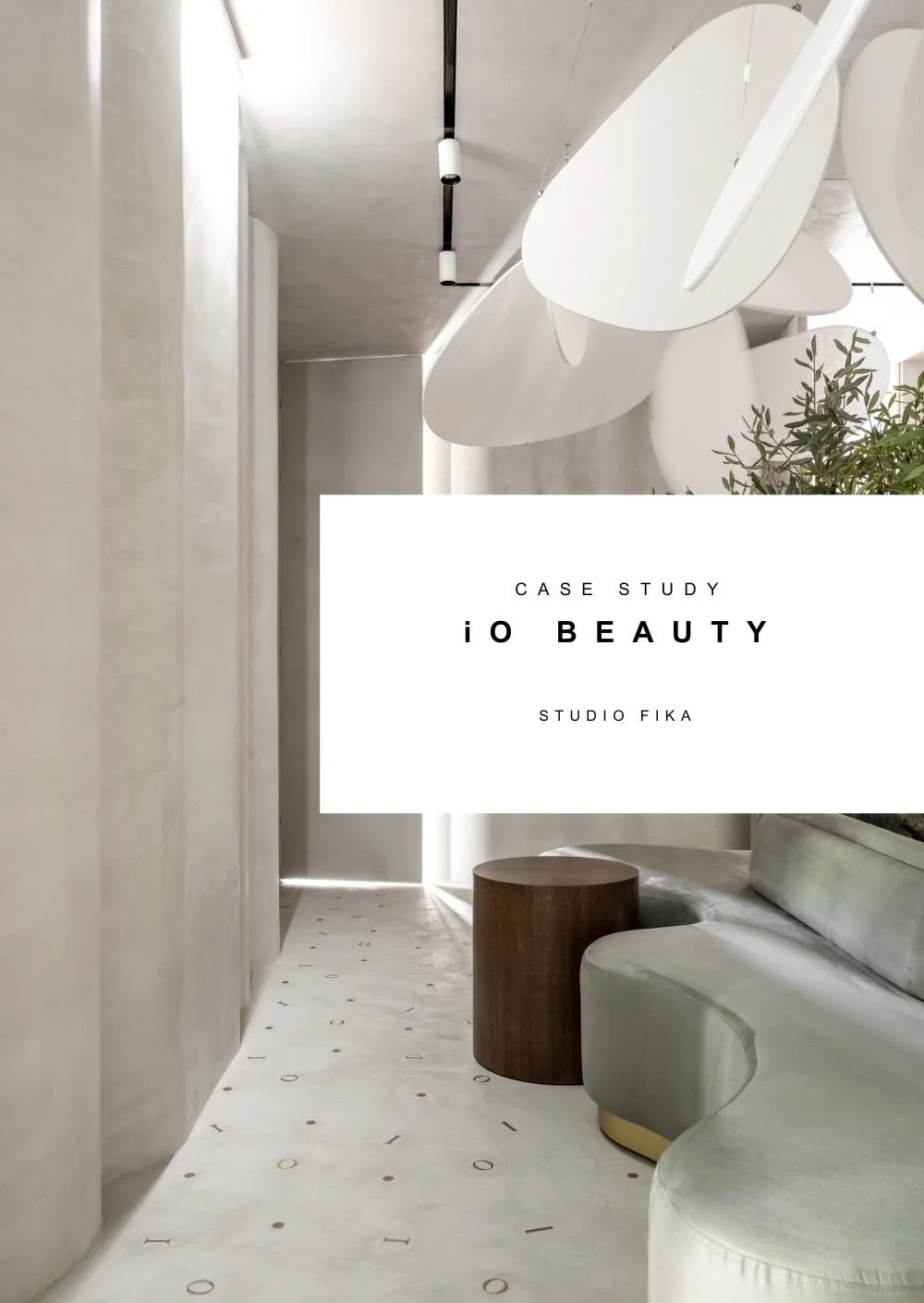Timeless Trends in 2024
One can't help but wonder: How has minimalism evolved to meet the demands of our ever-evolving world? Over the decades, minimalism has evolved beyond its initial principles, adapting to contemporary trends and societal shifts. From the sleek lines of the 1960s to the digital minimalism of the 21st century, minimalist aesthetics have remained relevant, standing the test of time. As we navigate the complexities of modern-day living, minimalism continues to be a timeless and influential trend as the minimalist aesthetic takes on new dimensions in 2024. Here are 5 design trends to look out for this upcoming year.
This post contains affiliate links.
The minimalist home aesthetic is evolving—seeking beyond the traditional focus of simplicity and functionality to embrace innovative ideas—that meet the needs and desires of reconnecting within meaningful moments.
Sustainable Materials
Expect a rise in furniture and decor crafted from reclaimed wood, recycled metals, and other sustainable resources. Sustainability is currently at the forefront of design consciousness. Manufacturers are incorporating more eco-friendly materials with their products. Stores like CB2 have dedicated their Responsibly Design movement to sourcing and manufacturing sustainable products that positively impact the environment. Products like this popular dining table at CB2 are used to encourage conscious consumers in the everyday home. Subtle textures and contrasting elements will be introduced to minimal spaces by default—carefully curating spaces with depth and visual interest.
Natural Textural Wall
Lime-wash walls, textured wallpaper, and micro-cement walls are taking center stage in minimal design trends today. This emerging trend provides the everyday home the opportunity to infuse their spaces with subtle sophistication. Lime-wash walls add a timeless elegance to any room while evoking a sense of organic simplicity with a soft, matte finish. Lime-wash walls contain this soft effect allowing gentle variation in color along its wall surfaces. Textured wallpaper, ranging from subtle patterns to bold motifs, introduces depth and visual interest, serving as a versatile backdrop for minimalist interiors. Meanwhile, micro-cement walls provide a sleek, industrial aesthetic, boasting a smooth, seamless surface that exudes modernity and urban chic. I am personally excited about this trend because for a while minimal interiors were known for its museum-like white walls. Incorporating a natural textural effect on the walls, not only elevates its aesthetic appeal, but also opens up a world of creative possibilities.
Mixing and Matching Historical Eras
The concept of modern-day minimalist interior design has transcended into a captivating concept, rather than a style. As a result, you will start to notice traditional styles becoming more minimal in composition as the design industry begins to interplay the old with the new. We're witnessing Victorian-inspired sitting areas infused with minimalist principles, emphasizing clean lines, uncluttered details, and unadorned walls. This juxtaposition results in a timeless and fresh space that pays homage to the past while embracing the simplicity and functionality of modern design. Within the realm of design, there's a prevailing notion that spaces should tell a story. What better way to convey this narrative than pairing historical elements with contemporary accents? In the forthcoming wave of minimal spaces, anticipate a remarkable fusion of mixing and matching diverse historical eras.
Intentional Designs
Many designers want to embrace the dweller’s authentic self within their projects, causing a rise in intentional design. We are beginning to integrate research from commercial sectors into residential design, particularly focusing on how it benefits everyday homes like yours. Drawing from studies in ergonomics, environmental psychology, and sustainable architecture, we're able to create spaces that are not only aesthetically pleasing but also cater to your unique needs and lifestyle. For instance, insights from workplace productivity research have inspired the design of home offices that optimize concentration and creativity, with features like adjustable standing desks and ample natural lighting. Similarly, principles from hospitality design are influencing residential layouts to promote sensory-sensitive design focuses on creating environments that minimize sensory overload, which can be particularly beneficial for children with conditions like autism spectrum disorder (ASD) or sensory processing disorder (SPD). Embracing these interdisciplinary approaches, allows us to transform residences into private sanctuaries that prioritize well-being, comfort, and sustainability.
Tech resolution
As technology seamlessly integrates into our lives, adapting to the era of smart living has become more accessible and appealing than ever. A major shift is happening where minimalist aesthetics is extending effortlessly to smart home technology. We, designers, are pursuing innovative ways to create streamlined, efficient spaces that are both aesthetically pleasing and technologically advanced by combining minimal design principles with home tech solutions. From smart thermostats and lighting systems to integrated sound systems and hidden charging stations, these tech innovations not only enhance the functionality of a home, but also contribute to its visual harmony. Tech companies will take notice, if they haven’t already, and begin to work with designers to enhance the visual presentation of their smart home products to seamlessly integrate within building structures without interfering with a serene and uncluttered atmosphere as this market grows.
It is an exciting time for the interior design industry, especially for minimalist interior designers as principles of minimalism gain more attention. More homes are seeking simple solutions for complex issues, because behind every resolution, a process of refining back to the basics always takes place. Minimalism continues to stand the test of time—embracing the beauty of simplicity in its purest form—often leading us to the essentials of intentional living. Are you looking to embrace any of these refreshing take on minimal aesthetics in your home? Book a consultation with Studio FIKA for more details about how we can implement these design trends into your home seamlessly. As you embark on your journey to create a Minimal Masterpiece, remember that the essence of minimal interiors lies not only in the simplicity of design, but also in the intentionality behind every element chosen.
Words: Drea Matchett
W E L C O M E
Welcome to Studio FIKA! We are spilling monthly articles explaining how our spaces impact our health, evidence-based studies that improve our spaces, and share the profound benefits of minimalist interior design. We hope our journal inspires you to embrace minimal spaces that nurture your well-being.




















